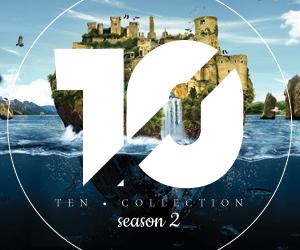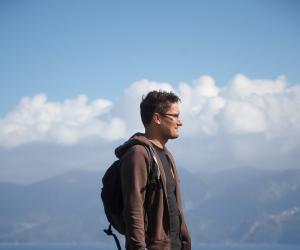Part of the Project
Sardinian designer, Alberto Seveso is a self-taught artist combining digital art and photography to unite the real and the digital world.
He is October’s featured artist in the TEN Collection, Season 2. Here he explains how he created his digital artwork for the Fotolia project entitled “Portrait of a perfect stranger”.
In working for the TEN Collection, Alberto Seveso remained true to his unique style. The Italian artist first chose a bust portrait of a beautiful woman from Fotolia’s image stock collection, "to emphasise her depth”, through the use of watercolour textures mixed with vector shapes. He blends a variety of techniques that give this work smoothness, sensuality and a sense of melancholy.
To achieve a mosaic effect of elements and colours composing the woman, Seveso didn’t leave anything to chance.
Technique isn’t the only important thing. It's key to place your elements right when you’re composing the image, and to focus particularly on the eyes and mouth areas, which are the cradles of feelings, he says.
From texture, curves, shapes and light, everything is harmoniously thought through for a natural finish.
“Once the different parts of my work are assembled, I focus on shadow and light. I don’t like colour saturation, so I try to preserve pure shades. For the hair, I used a personal technique: the wireframe shapes and their distorted result, to convey a natural movement."
“Portrait of a perfect stranger is a fascinating and enchanting work, which allows for a unique interpretation. “Everyone should feel free to see what they want to in my work, just like when they’re looking for shapes in the clouds," concludes the artist.
The PSD of the artwork “Portrait of a perfect stranger” can be downloaded free between 10:00, 10 October till 10:00, 11 October 2013 here.









